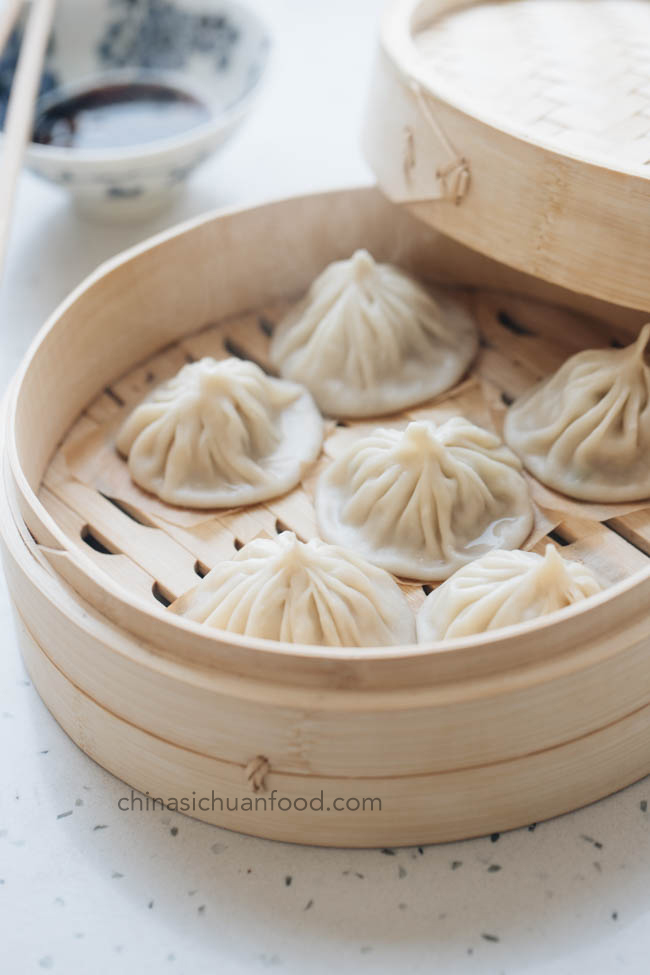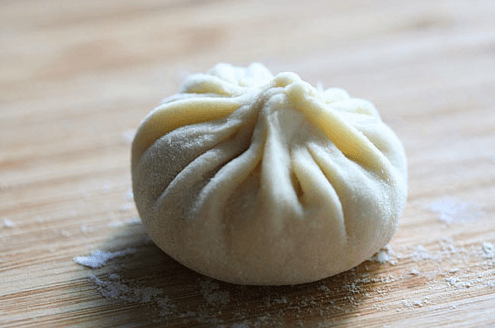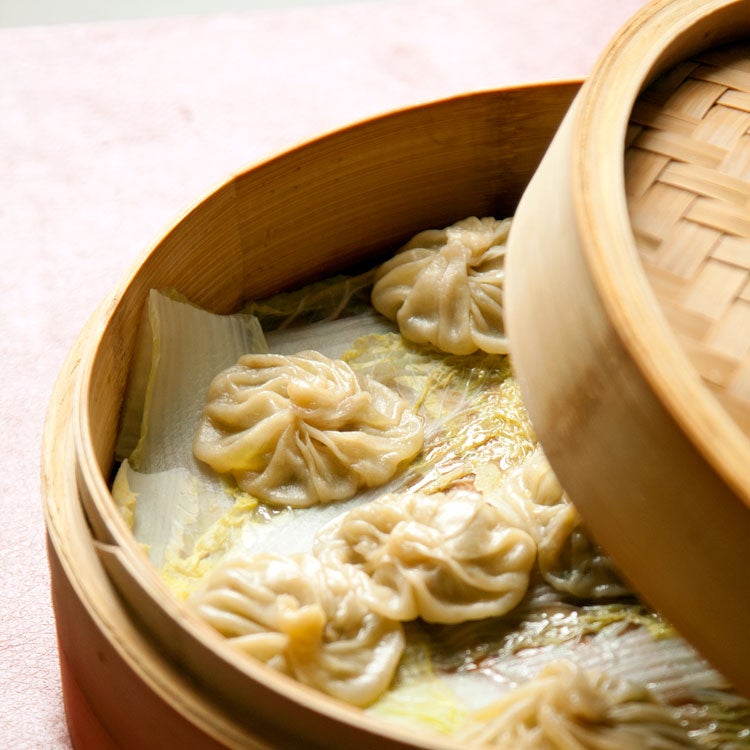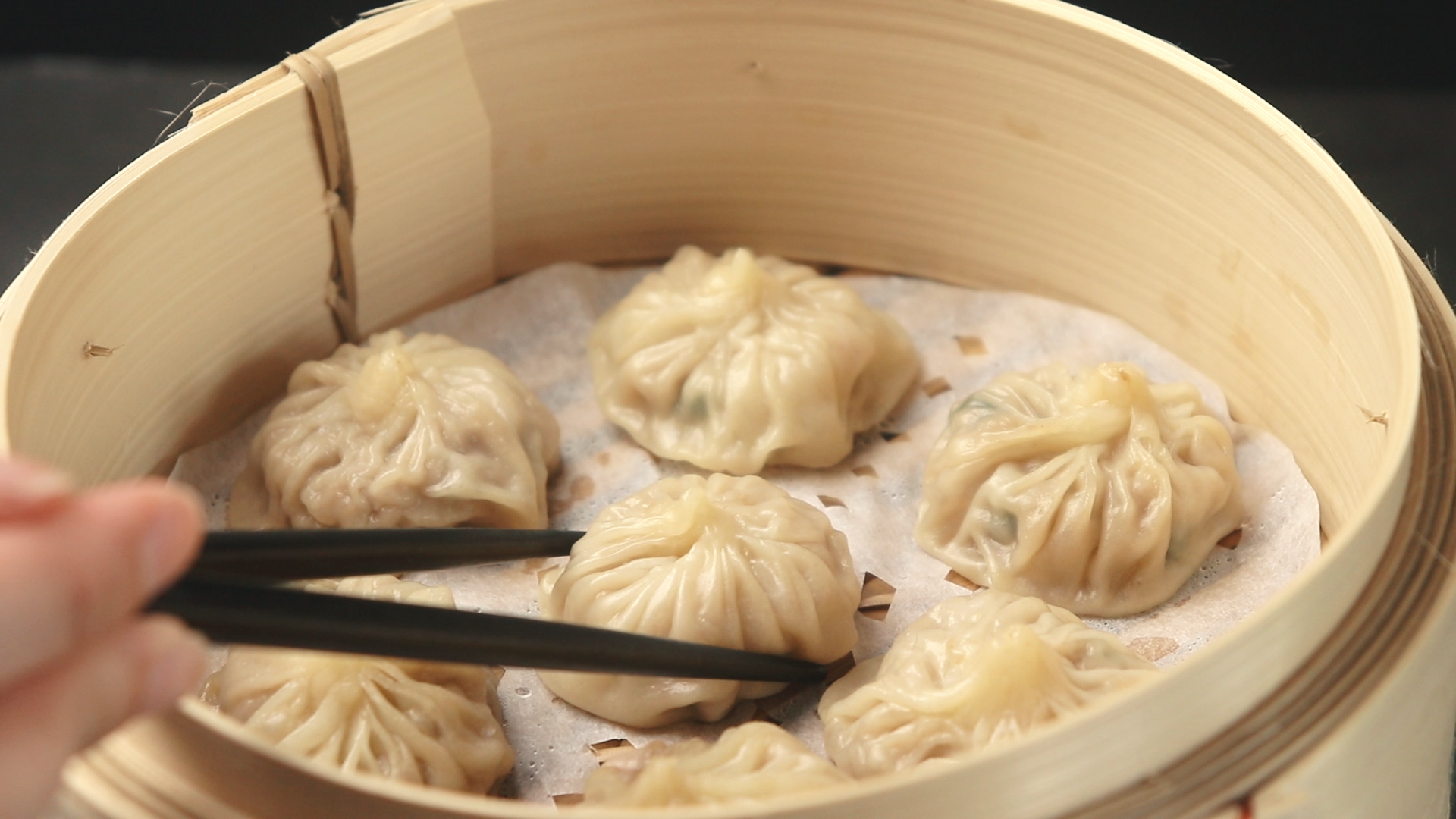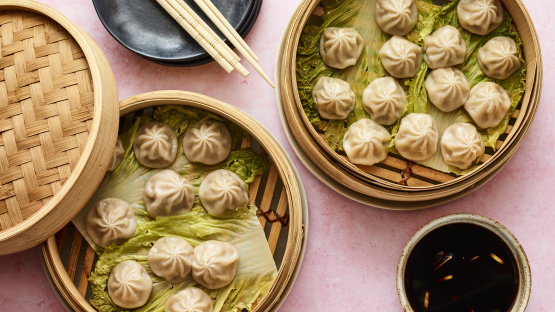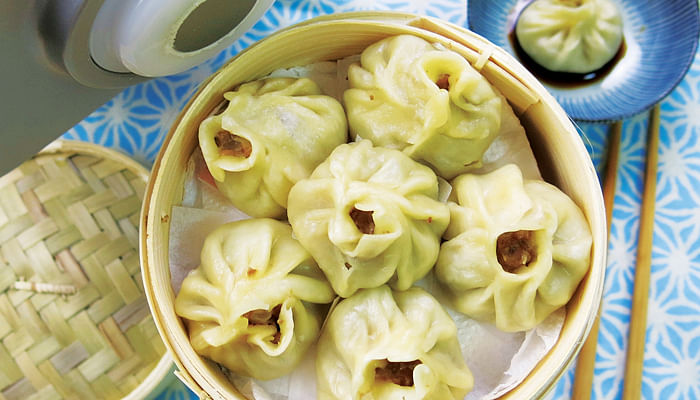Xiao long bao
sichuan xiaolong, 川味小笼包, 小笼包, 小籠包, xialong bao, xiaolongbao
Xiaolongbao is a type of Chinese tangbao (Chinese: 汤包), traditionally prepared in a xiaolong, a small bamboo steaming basket. The xiaolongbao originates from the city of Changzhou in Jiangsu province, and is an iconic dish of Jiangnan cuisine. Different cities across the Jiangnan region have varying styles of xiaolongbao. Outside of China, the Nanxiang xiaolongbao associated with Shanghai is the most well known. In the Shanghainese language, they are known as siaulon moedeu or xiaolong mantou, as Wu Chinese-speaking peoples use the traditional definition of mantou, which refers to both filled and unfilled buns. The Suzhou and Wuxi styles are larger (sometimes twice as large as a Nanxiang xiaolongbao) and have sweeter fillings. The Nanjing style is smaller with an almost translucent skin and less meat.
Source: Wikipedia
Recipes

Dim Sum: Chinese Soup Dumpling (Xiao Long Bao) — Vicky Pham

